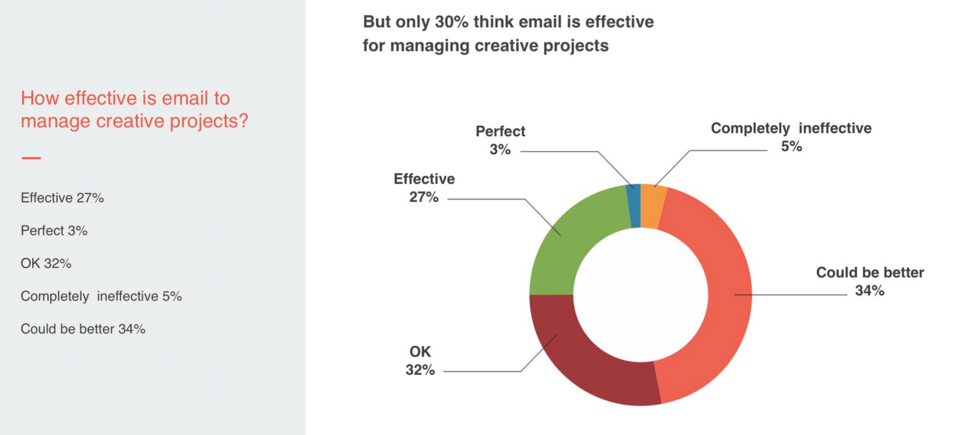An amended version of this article was originally published in Entrepreneur.
The world is obsessed with lone geniuses. We admire the outstanding talent of an artist, present the Nobel Prize to an individual scientist, laud a visionary CEO and revere the lead singer while paying scant attention to the band around them. Even that most collaborative of art forms, cinema – with its huge crews, ensemble casts and specialist disciplines – spawned the auteur theory that gave singular credit to a film’s director.
Yet many of the best-known lone geniuses relied heavily on collaboration. Sir Isaac Newton admitted, “If I have seen further, it is by standing on the shoulders of giants.” In her book, Creative Collaboration, Vera John-Steiner shows how the work of people like Pablo Picasso and Albert Einstein was hugely influenced by close partnerships with their contemporaries. Andy Warhol is among the most famous artists of the 20th century, but it was his collaborations in “The Factory” that produced much of his work. Contrary to the individualism that has dominated the last century, the reality is most art, design, science and other acts of creativity are collaborative efforts.
Today, collaboration in the creative process is more important than ever before. Paradoxically, the importance of effective collaboration has been driven by the broad accessibility of creative tools. Creativity is no longer the sole domain of trained professionals. We live in a world where anyone, regardless of talent, can self-publish a blog, blast a photo shoot with their iPhone, or capture 4K video footage on their GoPro. The bar has been raised. To make great content, you need to call in the professionals. And for professional content to stand out from the sea of junk, it often needs a team of people with specialized expertise to make it great.
But anyone who has experienced first-hand the acute pain involved in getting a group of creative people to effectively “collaborate” can attest to how difficult this is. Think goat rodeo. More often than not, the project lurches ahead (or sometimes sideways or even backwards), with competing ideas for creative direction. Concepts are painstakingly nurtured only to be unceremoniously discarded. Work festers awaiting review. Approvals are ambiguously granted, then denied when the approver doesn’t like what they see in the next round. Revisions are endless. Deadlines are missed. Budgets are exceeded. Clients are lost. It’s a hot mess.
But creative collaboration – which I define as what happens when creative professionals and stakeholders take a project from concept to completion, via multiple rounds of iteration and feedback – can be better managed and made more effective by following four simple rules:
1. Communicate often
Renowned data scientist, Alex Pentland, is fascinated by “the buzz of a group that’s blazing away with new ideas”. His own team at MIT’s Human Dynamics Laboratory set out to understand the science behind good teamwork, using electronic sensors to capture how successful teams communicated in real time. The results of his research provides lessons in how your team should work together: communicate frequently, talk and listen in equal measure, engage in frequent informal communication and explore for ideas and information outside the group.
2. Get out of email
In a recent survey conducted by Hightail, we discovered that one-third of respondents had worked on a creative project that was late or over-budget in the past 12 months. And no wonder: 66% of people said they conducted creative reviews in email but only 30% thought it was an effective way to collect feedback. Not only is your inbox an unceasing torrent of distractions, it’s ill-suited to sharing and discussing visual files like images and videos. Instead use a dedicated collaboration service that will help you stay focused and give your visual files the context so often lacking in email.
3. Minimize cat herding
Creative professionals are usually great at what they do but less so at managing the process around collaboration. When this part of the creative process is mismanaged, it can lead to compromised and underwhelming work – not to mention frustration. The key to effective creative collaboration is to allow talent to shine, while minimizing the tedious cat herding that causes people to “give up”. Review how your team works and change things to make sure they’re spending more time on the creative and less on the process.
4. Don’t leave people out
More nuggets from that Hightail survey: 60% think that critical project stakeholders lack sufficient oversight, while 85% believe that getting clear final approval on work is an issue. People from outside the core creative team, like account directors and CMOs, are often left out of the process until it’s time to rubber-stamp the ‘final’ version. This is usually because there’s no simple way to include them that doesn’t involve another tedious email update. Using an easily accessible common digital space to share the latest versions of creative work is a good way to ensure these stakeholders are not forgotten.
Genius doesn’t just love company, it’s usually a product of it. But great collaboration needs work. These four rules for cultivating creative collaboration will help your next project be more successful. The genius part is up to you and your team.







